T4K3.news
South China Sea clash signals rising risk of conflict
A collision between Chinese and Philippine vessels near Scarborough Shoal raises the risk of wider tensions in the region.
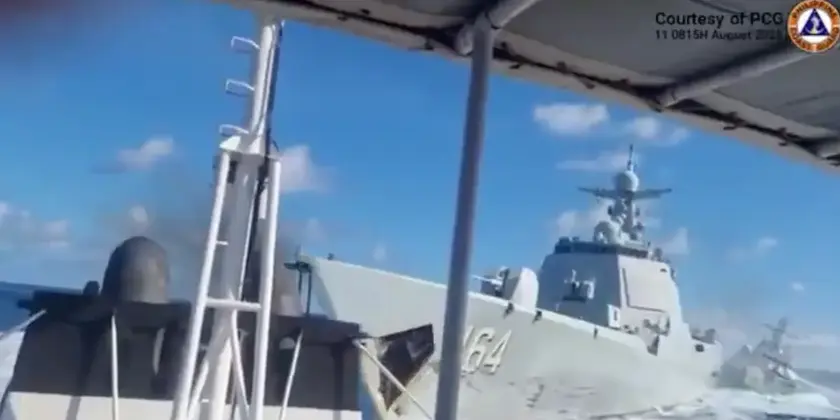
Experts warn that aggressive tactics in the South China Sea raise the chance of a larger clash.
South China Sea clash signals rising risk of conflict
Two Chinese vessels collided with a Philippine Coast Guard cutter near Scarborough Shoal in the South China Sea, a collision caught on video and confirmed by Manila. The BRP Suluan was pursuing a Chinese coast guard ship at high speed when a larger Chinese Navy destroyer crossed in front of the smaller vessel, causing a violent impact and leaving both ships with significant hull damage. The coast guard cutter was described as unseaworthy, while China has not issued an official statement about casualties. Observers say the incident fits a broader pattern of aggressive, grey zone tactics used to press sovereignty claims without triggering full-scale war, including water cannon blasts and close-range maneuvers. The involvement of a Type 052D destroyer marks a shift from earlier episodes that relied mainly on coast guard assets. Some analysts see Beijing’s move as a political signal, potentially aimed at Manila, rather than a routine safety incident. The United States and allied partners have urged restraint while continuing to monitor the situation and document unsafe actions by Chinese forces.
Key Takeaways
"When the operational culture of a navy is to habitually violate COLREGS and norms of professionalism, this is the tragic result."
said by Lyle Morris on social media
"Water cannons, dangerous maneuvers, and other unsafe actions have become the new normal."
Christopher Sharman offered this assessment of recent tactics
"If China doesn't change its behavior, one of the accidents will cause a fatality."
Gregory Poling cautioned
"The deployment appears to be a calculated political decision from Beijing."
Christopher Sharman suggested
This episode signals a new and more dangerous phase in the South China Sea disputes. By deploying a front-line destroyer in a chase, Beijing hints at a willingness to risk high-value assets to press claims, which increases the chance of miscalculation and escalation. The incident tests how regional powers balance deterrence with diplomacy, and whether deconfliction channels can prevent a wider crisis. For Manila, the challenge is deterring aggressive moves without provoking a larger confrontation; for Beijing, the question is whether persistent pressure yields gains or fuels greater international pushback.
Highlights
- Water cannons, dangerous maneuvers, and other unsafe actions have become the new normal.
- If China doesn't change its behavior one of the accidents will cause a fatality.
- The deployment appears to be a calculated political decision from Beijing.
- This incident signals the contests in the South China Sea are growing more dangerous.
Rising risk of escalation in South China Sea
The collision shows how aggressive tactics and the use of high-value naval assets raise the chances of miscalculation and broader confrontation. The international community is watching for political and security consequences.
The next steps will test whether restraint or pressure shapes the region’s security path.
Enjoyed this? Let your friends know!
Related News

India and Philippines conduct joint naval drills
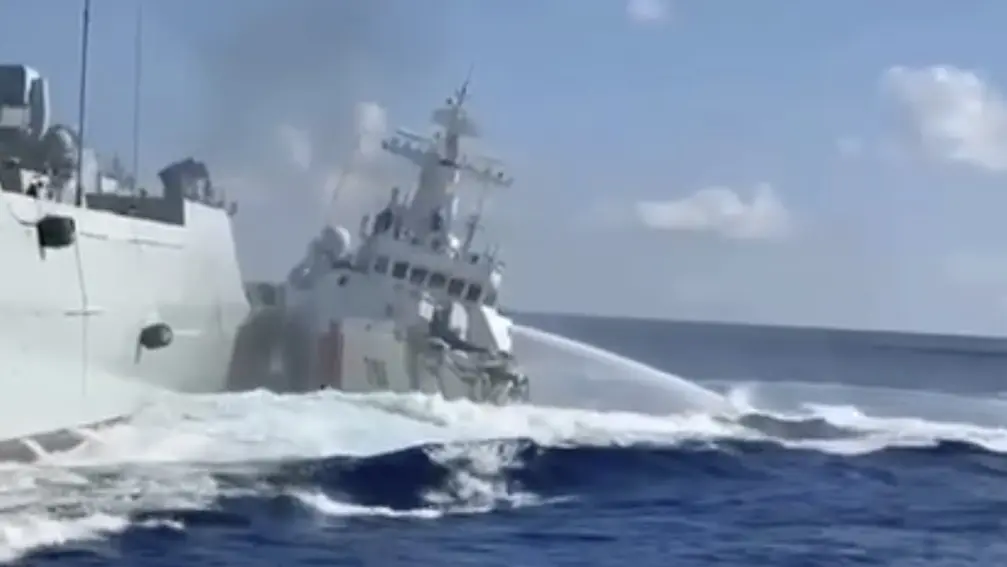
Philippines holds China responsible for Scarborough Shoal collision
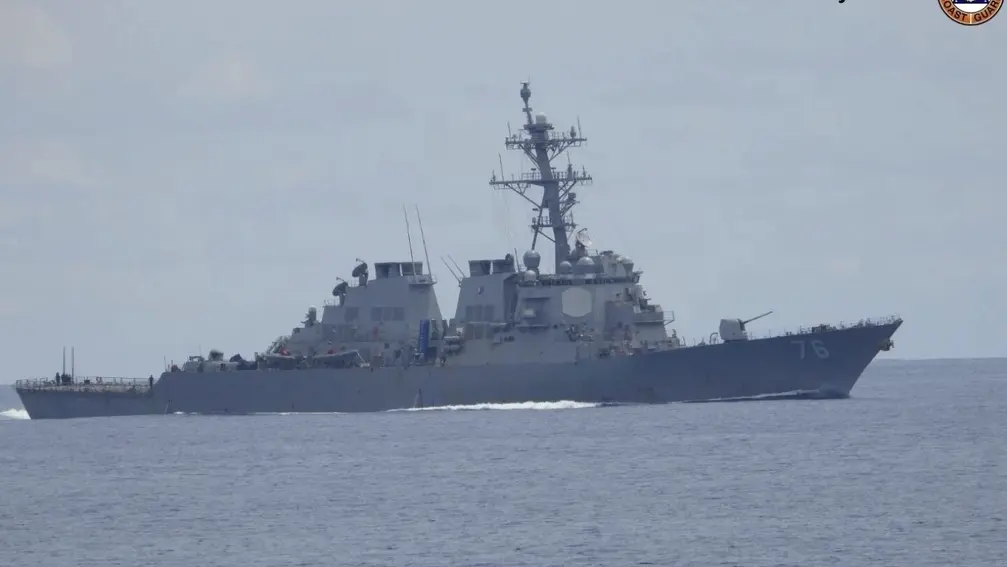
US ships near Scarborough after collision
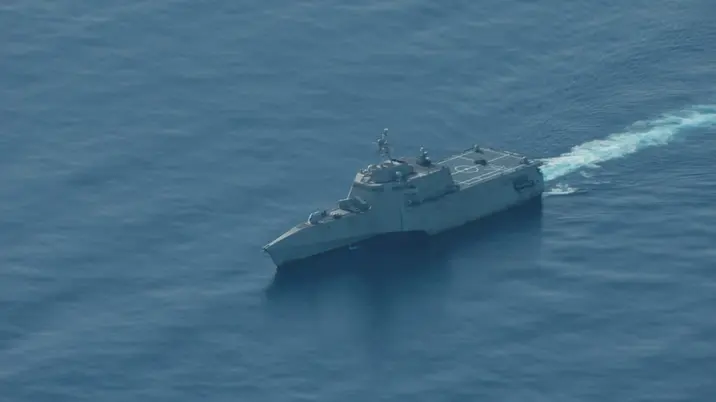
U S ships near Scarborough Shoal after collision

World marks Hiroshima anniversary with renewed nuclear fears

AI transforms anti-submarine warfare
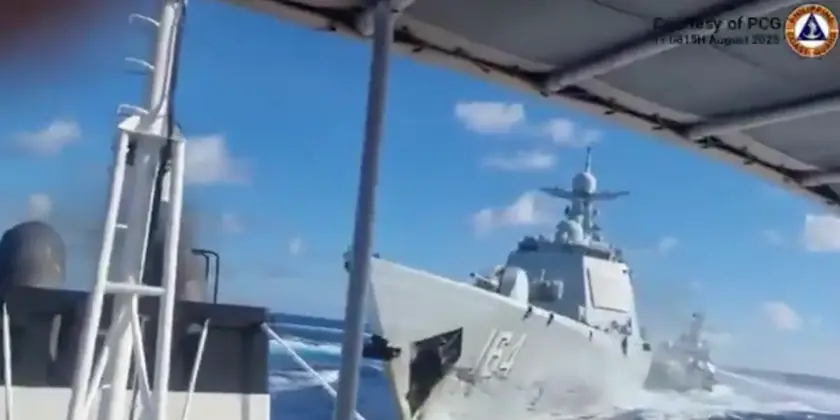
Collision near Scarborough Shoal Strains South China Sea Ties

Trump threatens Gaza and Ukraine actions
